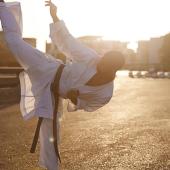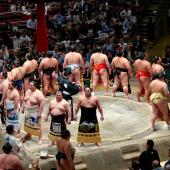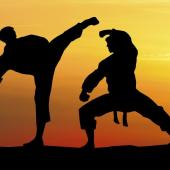Sword Fighting
The European swordplay looks back on a long tradition. It is referred to as historical martial arts and underlies the medieval and early modern fencing with swords in Europe. Especially the Romantic era is inevitably linked with the term swordplay.
The prosperity period of European swordplay was in the High Middle Ages, Late Middle Ages and the Renaissance (13th - 16th century). The art of sword fighting even then was classified into various styles. Bloß Fencing described the swordplay without armour with a long sword. However, Harness Fencing referred to fencing in armour. Knife Fencing included - as the name suggests - martial art with long knives. Ross Fencing was the swordfight on a horseback. Furthermore, there was the fight with sword and shield, whereby a buckler, a stab shield or - in Southern Europe -, a targe or rotella were used.
Influential was the centuries-old tradition of the German fencing master Johannes Liechtenauer who has researched the various battle styles with long sword and systematized them in the 14th century. In 1500 in Bologna, the independent Dardi School with masters like Antonio Manciolino and Achille Marozzo originated. In contrast to styles with a long sword here the focus was on the one-handed side sword and the Rapier Fencing which formed the basis of the Italian art of fencing.
Silver George drove swordsmanship the first time ahead in England in 1599. He militated against the Italian systems of rapier and against the popularity of Italian fencing masters. He preferred a domestic short sword, known as "Backsword".
In Spain one absented oneself from previous "vulgar" fighting styles including the rapier in the late 16th century, one wanted to develop the fencing art further according to humanistic and scientific principles.
Nowadays, historical fencing has established itself as an independent martial art form and is widely performed as exhibition fight.




